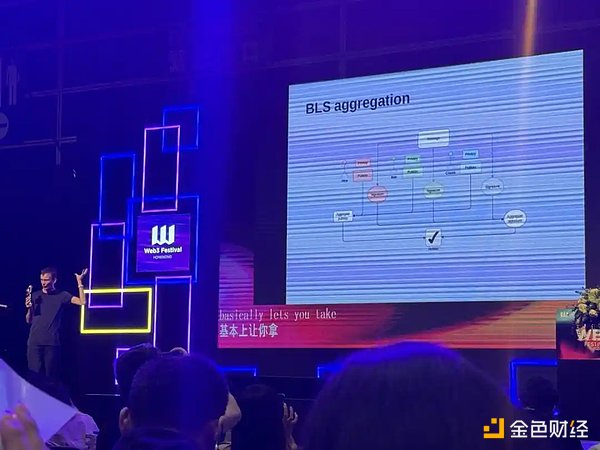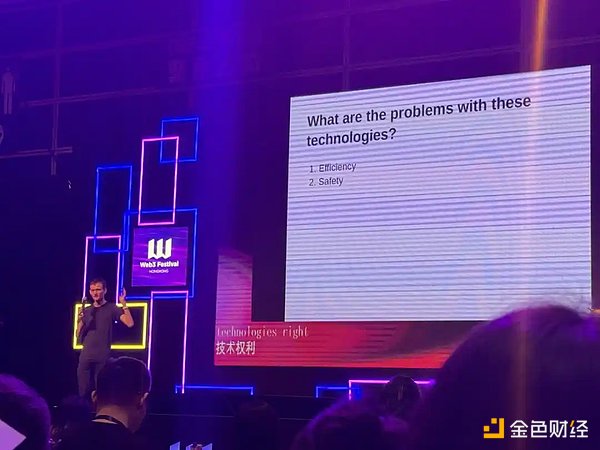Original author: 0x_Todd, Partner of Nothing Research
Today, Vitalik made a low-key appearance at the Wanxiang Hasheky Hong Kong Summit. V God's speech was really neat and without red tape. He started with $ETH dry goods and told the story in a straightforward manner. Combined with this speech, let me talk about my understanding.
All blockchains are rooted in cryptography. It can be said that cryptography is the real bottom layer. In recent years, the theoretical frontier of cryptography has been developing. The current goal of Ethereum $ETH is to convert the theory of cryptography into engineering practice.
Friends who have done development know that the more cutting-edge the academic world is, the more challenging it is to use it directly in the industrial world, and cryptography is no exception.
The most concerned cryptographic frontiers of Ethereum now are:
· ZK-SNARKs
· 2PC, MPC, FHE
· Aggregate signature
· Improve P2P network

For example, aggregate signature, in fact, Bitcoin has done a similar upgrade in Schnorr upgrade. The BLS aggregate signature upgrade that Ethereum prefers and Schnorr each have their own advantages, and can also make it very smooth to aggregate multiple signatures into one signature.

A cryptographic achievement can actually be transformed into:
· Make the blockchain more private (multi-person co-signing is conducive to privacy protection)
· Save gas fees (co-signing takes up less space)
· Further reduce the requirements for equipment (easy to verify)
At the same time, V God also mentioned the two elements of "academic theory → technical practice".

First, efficiency.
For example, a very practical problem is that the blocks of the Ethereum mainnet are at an interval of 12 seconds, but it takes at least 20 minutes to do ZK-SNARKs Proof.

If there is a lightweight ZK Proof solution, and each block can be fully ZK-ized, then Ethereum will be very private, secure, and censorship-resistant, and even faster.
Secondly, security.
As long as you are human, you will make mistakes.
No one can guarantee that there are no bugs in their code.
Now, debugging relies on the naked eye, such as the "Safety Committee"
But in the future, it may rely on multi-provers, and in the more distant future, it may even rely on AI
On the premise of both security and efficiency, absorbing more cryptographic achievements, Ethereum's goal is to reach the upper limit of cryptography.
After listening to it, I was overwhelmed. It is the truly cutting-edge technology that drives the development of ETH and all other blockchains.
Now, all the public chains ranked behind ETH are desperately comparing with Ethereum, and are trying to find the answer from Ethereum, a competitor.
But Ethereum found the answer in cryptography. This is the real difference between first-rate public chains and second-rate public chains.
 JinseFinance
JinseFinance











